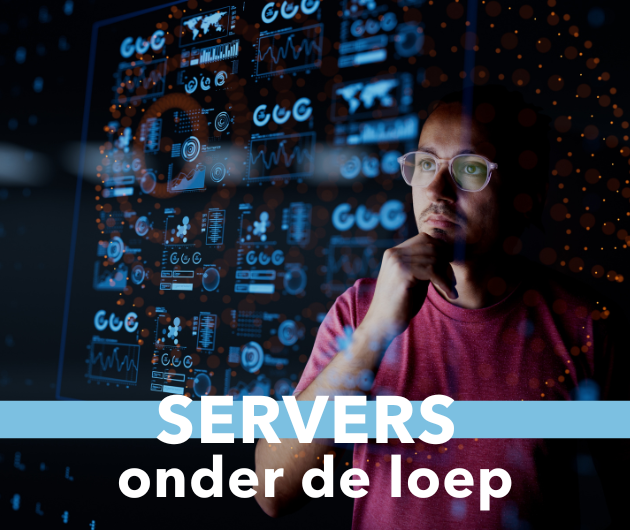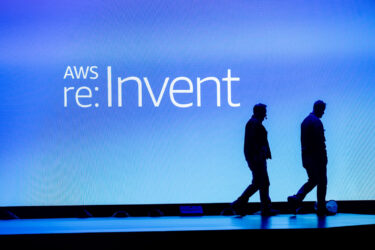The truth of the matter is that IBM have such a huge installed base that their primary goal must be to continue to release new systems to keep the existing customers happy. This is done by continuing to introduce new versions of their main products, the mainframe, AS/400, RS/6000 and Intel Netfinity machines, albeit with new names.
The flaw with this approach is the long term, because there is little incentive for a user to migrate from one IBM system to another. Admittedly some customers have downsized from mainframes to Unix and so the RS/6000 can keep some of them happy, but there is a significant loss to H-P and Sun, not to mention local area networks of PCs and NT.
Fortunately for IBM the failure of Unix systems to match the mainframes in functionality has kept many users happy. Now the distributed model is being reassessed, and encouraged by the development of the Internet, there is a strong move back towards centralised computing. Much of this however is based on big Unix boxes and has accounted for strong growth by Sun in particular. But everyone else except IBM have in the main abandoned mainframe systems and so while the market probably shrank somewhat, it was totally dominated by IBM. Fujitsu for example, a potential competitor, would have to sort out the mess created by owning Amdahl, ICL and Siemens products and services if they were to compete with IBM. Some would say this doesn’t matter because the mainframe market will disappear. Others, me included, don’t agree. The Internet is bound to create the demand for bigger and bigger servers, ruling out Microsoft (who have more serious threats from Linux to contend with). This could still continue to be served by yet bigger Unix boxes, but as the size requirements increase, and more application services are added, then the environment will need to become more and more sophisticated.
This requirement has not passed unnoticed by Sun, HP and Compaq, and all of them are introducing clustering and partitioning technologies. But the bald fact is that IBM mainframes are a very long way ahead in these technologies, based on many years of practical experience with complex transaction environments. Scalability, reliability and partitioning are the IBM mainframe strengths. The Internet has recreated the demand for the mainframe computer and Honeywell, Unisys, etc. may well have abandoned ship too soon!
The key to wooing the "Internet" however is not just an appropriate architecture, but an appropriate software solution. In general Sun, H-P, etc. have relied on third parties for their "middleware", in particular Oracle. But the Internet world is irrevocably moving towards Enterprise Java Beans and seperating the Application Server from the database. Again third products such as WebLogic, SilverStream, etc. are attractive to the Unix world, but they are also attractive to Linux. Inevitably Linux will take the market for small and medium scale servers, so that depending upon third party software is an Achilles heal for a computer supplier.
IBM have had software offerings for some time now for all their platforms. However while these are admirable products in their own right, they were not compatible from system to system. As a result the barriers of moving from one system to another within the IBM range remained. But now, at last the cynics might say, IBM has to a large extent implemented its own software on most platforms. Admittedly DB2 for OS/390 is a specific mainframe database, built to take advantage of mainframe features and as such is different from DB2/UDB, but the other products such as Lotus Domino, WebSphere and the associated development tools are common. This we should note is a real success for the Java concept, and if IBM can port products then so can other software vendors. Thus with these new software products IBM can at last offer upgradability across their range from Intel boxes to mainframe.
There is still one major problem to address and that is the "grass-roots". IBM have never been able to support the smaller companies (both users and system integrators) which is an essential requirement for growth. It will be interesting to see then how their strong commitment to open source software helps to solve this problem. There is plenty of support for Linux across the whole product range, and there is a free low end version of WebSphere available.
In effect IBM have put their software house in order, and as a result are at last able to build a range of systems which both satisfy the needs of existing users for upgrades and at the same time attract the new generation of Internet application providers.








